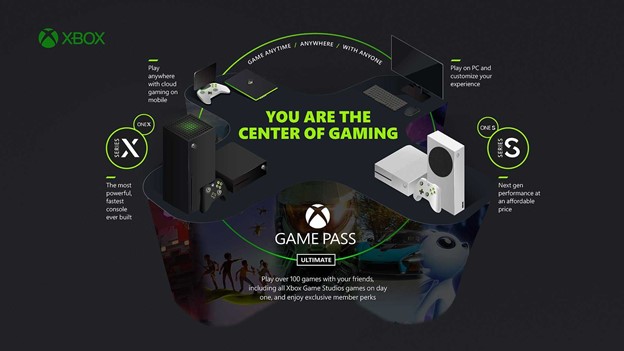|
Online gaming has witnessed remarkable advancements in technology over the years, revolutionizing the way people play and interact in virtual worlds. This article delves into the transformative impact of technology on online gaming, exploring key milestones and innovations that have shaped the industry. Internet Connectivity: The advent of high-speed internet connectivity paved the way for the growth of online gaming. In the early days, players relied on dial-up connections with limited bandwidth, leading to lag and connectivity issues. However, the introduction of broadband internet significantly improved online gaming experiences, enabling seamless multiplayer interactions and facilitating the emergence of massive multiplayer online games (MMOs). Graphics and Visuals: Technological advancements have greatly enhanced the graphical fidelity of online games. From pixelated sprites to photorealistic graphics, game developers have harnessed the power of advanced rendering techniques, such as shaders and real-time lighting, to create immersive virtual worlds. Moreover, the integration of high-definition displays and graphics processing units (GPUs) has further elevated the visual experience, delivering stunning landscapes and lifelike characters. Cloud Gaming: Cloud gaming has emerged as a game-changer in recent years. By leveraging powerful cloud servers, players can now stream games directly to their devices without the need for expensive hardware upgrades. This technology eliminates the barrier of entry for gamers, allowing them to access a vast library of games on various platforms. Furthermore, cloud gaming enables cross-platform play, fostering a more inclusive and interconnected gaming community. Virtual Reality (VR) and Augmented Reality (AR): The rise of VR and AR technologies has unlocked new dimensions in online gaming. VR headsets transport players into fully immersive virtual environments, providing an unparalleled level of immersion and interactivity. On the other hand, AR overlays digital elements onto the real world, offering unique gaming experiences that blend physical and virtual realms. Both VR and AR have the potential to revolutionize online gaming, enabling players to engage with virtual worlds in ways previously unimaginable. Artificial Intelligence (AI) and Machine Learning (ML): AI and ML technologies have significantly enhanced the gaming experience by introducing intelligent NPCs (non-playable characters) and adaptive gameplay mechanics. AI-powered bots can now provide challenging opponents in single-player modes, mimicking human-like behaviors and learning from player interactions. Additionally, ML algorithms help improve matchmaking systems, ensuring fair and balanced gameplay for competitive multiplayer games. eSports and Live Streaming: The rise of online gaming has given birth to a thriving eSports industry. Professional gamers compete in high-stakes tournaments, showcasing their skills to millions of viewers worldwide. This phenomenon has been made possible through live streaming platforms, which allow gamers to broadcast their gameplay in real-time. The integration of chat features and interactive elements has fostered a sense of community among players and spectators alike. In conclusion, technology has revolutionized online gaming, pushing boundaries and transforming the way we play and experience virtual worlds. From internet connectivity and graphics enhancements to cloud gaming and immersive technologies like VR and AR, the advancements in the field continue to shape the future of online gaming. As technology continues to evolve, we can expect even more exciting developments, further blurring the line between reality and the virtual realm.  |
